Import and export sector
Finance Magazine today, May 8, published the information: " Standardizing quality to maintain growth momentum of vegetable and fruit exports "
According to Mr. Le Quoc Thanh, Director of the National Agricultural Extension Center, in order for the Vietnamese fruit and vegetable industry to truly “reach out to the ocean”, a fundamental and comprehensive transformation is needed. In particular, it is necessary to promote production according to the value chain, with the responsible participation of enterprises, cooperatives, farmers and management agencies; strengthen quality control from planting areas to packaging and processing, etc.
Accordingly, Vietnamese vegetables and fruits must be produced according to a professional chain, aiming at the international market. The application of technology in the production and processing of vegetables and fruits has been and is being practiced actively and effectively. Application from research institutes, schools, and foreign-invested enterprises will become an important factor in encouraging innovation, creativity, and sustainable development of Vietnam's vegetable and fruit export industry...
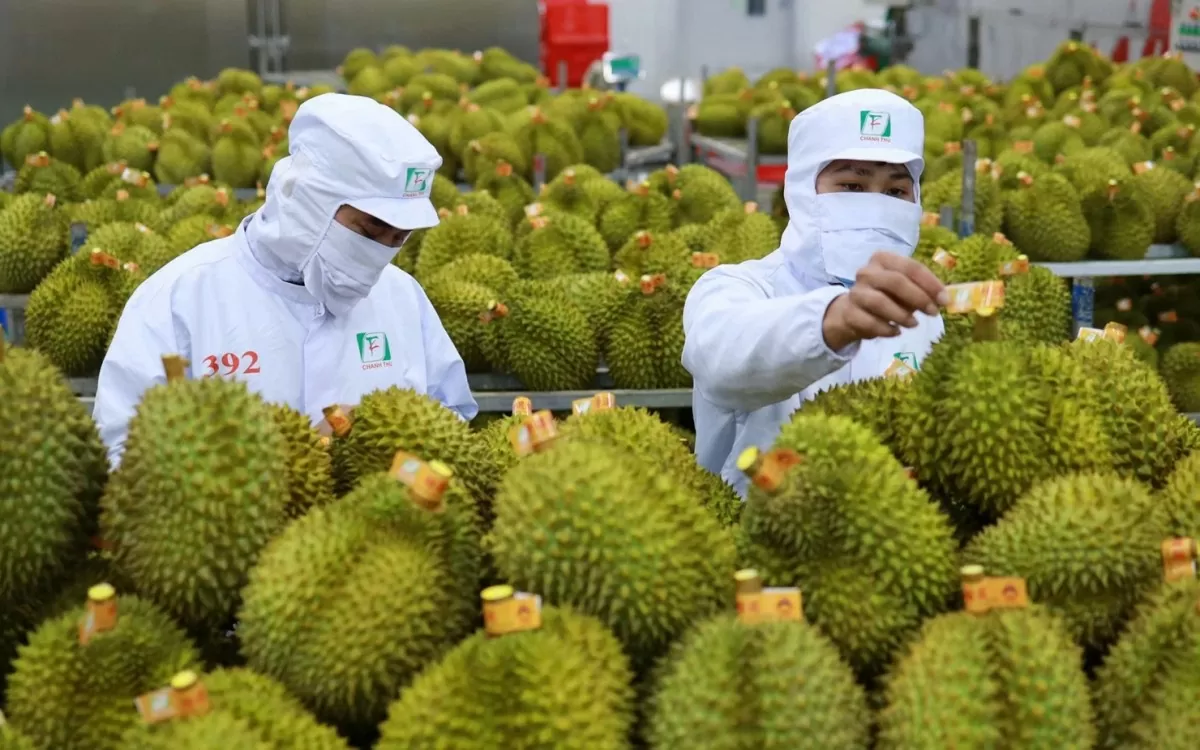 |
| In the first 4 months of 2025, fruit and vegetable exports reached 1.62 billion USD. Illustrative photo |
Nhan Dan Newspaper published the news: "The Chinese market is leading the import of Vietnamese shellfish"
In the first quarter of 2025, Vietnam's shellfish exports reached a total turnover of 63 million USD, an increase of 109% over the same period last year. In the Chinese market, this item rose to account for 37% of the import market share. The increase is not only due to the large scale of consumption but also due to the flexibility in import standards of this market.
In the context of the EU, where traditional markets are losing their share due to competition and stricter regulations, China has emerged as a strategic market. In addition to its large consumption scale, this market is also more flexible in import standards and has a diverse consumption system from supermarkets to wholesale markets.
China currently imports the most snails, clams and scallops. Of these, live snails dominate with nearly 16 million USD, followed by live clams with nearly 5 million USD and frozen scallops with nearly 3 million USD. This import structure clearly shows that Chinese consumers are increasingly favoring high-quality fresh and frozen products, a great advantage for Vietnamese mollusk production and processing enterprises.
Domestic market sector
Tien Phong newspaper published the news: "Piloting pork trading floor"
Faced with the inadequacies in supply, demand and pork prices, the Department of Industry and Trade of Ho Chi Minh City has just proposed to the City People's Committee to pilot the organization of a Pork Trading Floor, taking advantage of the available technological infrastructure and legal basis of the Vietnam Commodity Exchange. According to Mr. Nguyen Nguyen Phuong, Deputy Director of the Department of Industry and Trade of Ho Chi Minh City, the trading floor model will help make price information transparent, creating opportunities for farms and businesses to transact directly with buyers without intermediaries. "Online transactions will help reduce costs, shorten the process of bringing products to market, thereby, consumers can buy at cheaper prices," Mr. Phuong affirmed.
Ho Chi Minh City currently consumes about 10,000 pigs per day with an estimated total value of nearly VND20,000 billion per year. With this scale, if the trading floor operates effectively, it will not only contribute to stabilizing the pork market but can also expand to other essential goods such as poultry, seafood, rice, etc., and even carbon credits. This is also an important step towards the formation of the Ho Chi Minh City Commodity Exchange, in line with the orientation of building an international financial center in the future.
Trade defense sector
Bnews newspaper published information: "Comply with the origin of goods to avoid trade defense risks"
Global trade is becoming increasingly unpredictable, import and export activities face many challenges from trade defense measures (TSM) and trade remedy evasion. Therefore, businesses need to update information regularly and proactively respond to different forms of TSM. Each business must establish a system to manage the origin of raw materials, clearly demonstrating the domestic value-added ratio. At the same time, it is necessary to diversify export markets and products; compete on quality instead of focusing only on price.
In case of an investigation, enterprises need to cooperate closely with foreign investigating agencies and coordinate with the SPS Department as well as industry associations to receive timely support. As a major exporting country, Vietnam must be proactive in protecting industry interests and maintaining sustainable export markets. An early warning system and proactiveness from enterprises are key factors to minimize damage and maintain sustainable growth.
Source: https://congthuong.vn/tin-cong-thuong-85-chuan-hoa-chat-luong-de-giu-da-tang-truong-xuat-khau-rau-qua-386701.html



![[Photo] Prime Minister Pham Minh Chinh receives leaders of Excelerate Energy Group](https://vphoto.vietnam.vn/thumb/1200x675/vietnam/resource/IMAGE/2025/5/29/c1fbe073230443d0a5aae0bc264d07fe)

![[Photo] Prime Minister Pham Minh Chinh attends the event "Digital transformation of the banking industry by 2025"](https://vphoto.vietnam.vn/thumb/1200x675/vietnam/resource/IMAGE/2025/5/29/0e34cc7261d74e26b7f87cadff763eae)
















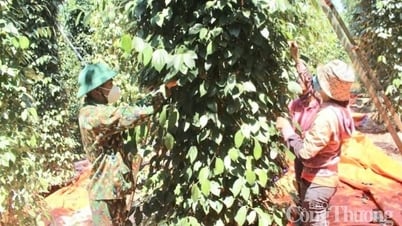












































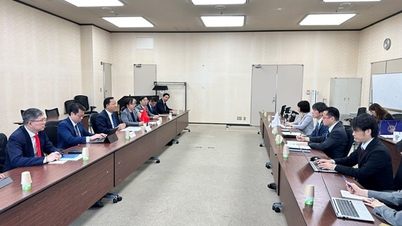



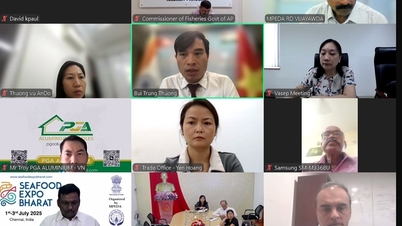



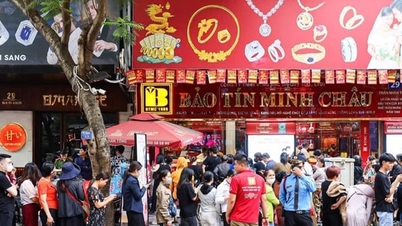







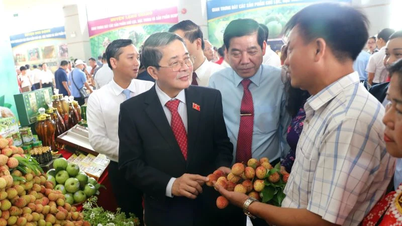













Comment (0)